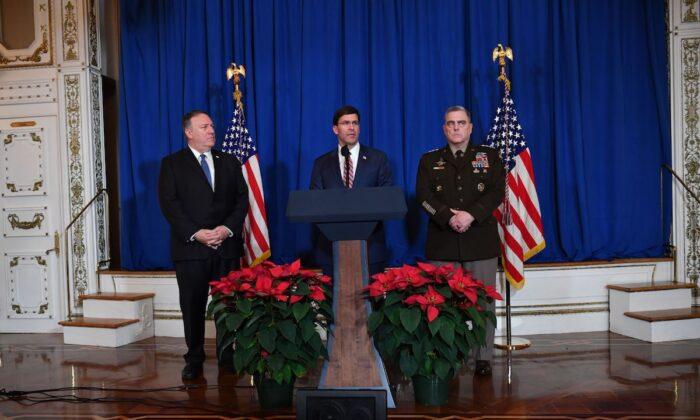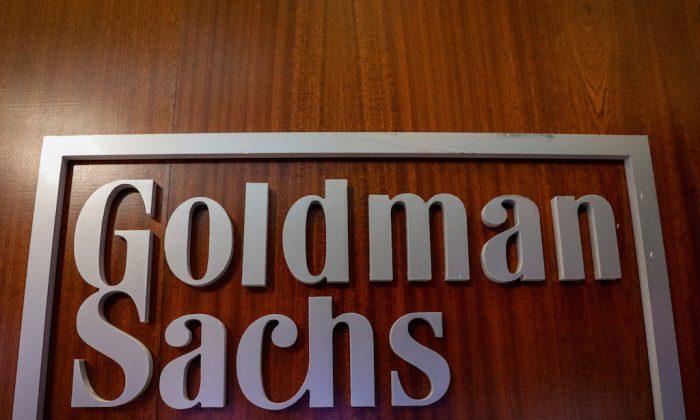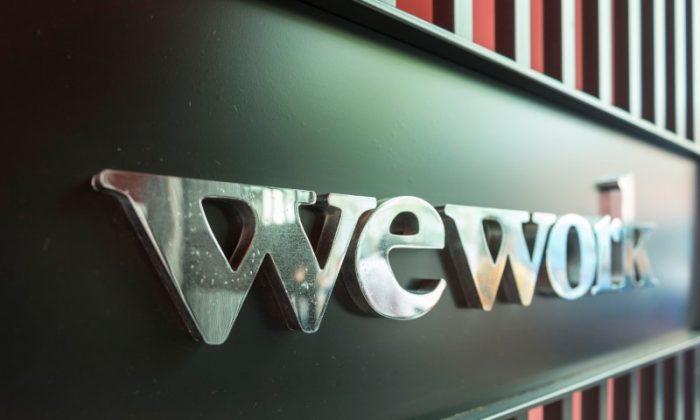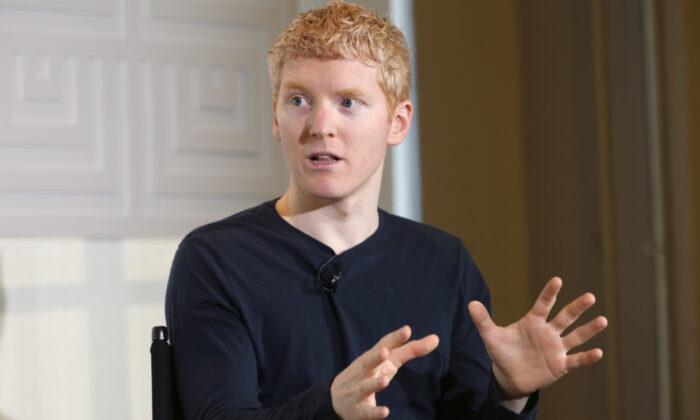It’s just enough time to mix a cocktail.
Helicopters have been whisking the wealthy from Manhattan to New York’s airports for decades. Now the ride costs as little as $195, and you can book it via a smartphone.
Back in 2014, when Rob Wiesenthal founded Blade Urban Air Mobility Inc., a chopper ride to John F. Kennedy Airport—13 miles from Manhattan—started at $3,000, he says. Wiesenthal has been able to chop that price after finding efficiencies in fueling, equipment, and scheduling.
A new, efficient helicopter model from Bell Helicopter, one of the companies Blade uses to arrange its flights, is key to its continuous, lower-priced service.
“You used to have to charter an entire aircraft, and people were using the wrong aircraft for the mission—an expensive, gas-guzzling helicopter,” says Will Heyburn, head of corporate development at Blade. By increasing the number of people on each aircraft and operating only between the city and the airports, efficiency has improved steeply. “ We’re using the most fuel-efficient jet engine that Bell has available,’’ Heyburn says.
The New Routine
Blade has lowered the price without compromising safety, Wiesenthal says, and his company is the first to add continuous service between LaGuardia and Manhattan’s Wall Street Heliport, as well as Newark and the East 34th Street Heliport. The JFK service that Blade started in March will continue from the West 30th Street Heliport across from Hudson Yards. Blade sees those commutes as the pain points for its client base: Traveling from the East Side of Manhattan to Newark or from the West Side to an outer borough airport most often means battling maddening city traffic. Flights leave multiple times an hour.“We’re seeing faster-than-expected adoption by people choosing to fly to the airport rather than driving,’’ Wiesenthal says. Over 75 percent of first-time customers have never flown in a helicopter before, and 22 percent of fliers to JFK have come back in the same month, according to Blade.
The regularly scheduled continuous service is significant, because it makes it easier to hop a ride or to be flexible in your timing. It also allows Blade to lower the price because, unlike charters, helicopters more reliably carry passengers in both directions, minimizing wasted resources.
“Everything else has been charters,” says Brian Tolbert, manager of the Downtown Manhattan Heliport, who started working in the chartered helicopter business in 1986. “Blade is the first continuously scheduled service.”
During rush hour, rides in Uber’s top-tier Black SUV service commonly exceed $200—and can take an hour, or even two.
The new service is “for someone who works in Midtown, has lunch at a great restaurant at Hudson Yards, and walks across the street at 1:30 p.m. and makes a 3:30 p.m. flight,” Wiesenthal suggests.
The average age of Blade’s clients is 38, and 55 percent of them are men; 95 percent of customers book on the mobile app.
How It Works
Blade doesn’t own its helicopters. It partners with Airbus SE, Lockheed Martin Corp., and Bell Helicopter Textron Inc. to arrange flights through more than 30 aviation operators, which provide pilots. Flights go every 20 minutes or so, from 7 a.m. to 7 p.m, Monday through Friday, and on Sunday afternoons and evenings. If you show up early, you can be put on an earlier flight. If your intended plane flight is delayed, you’ll automatically be put on a new helicopter, free.It flies the Bell 206L-4 single-engine helicopter, which has a better safety record than the average twin-engine helicopter, according to the company.
Flights to JFK land on Sheltair’s 4.5-acre plot on the loop of the main access road. Complimentary ground transportation in a black SUV to all commercial airline terminals is included. The farthest drive to a commercial terminal is American Airlines at Terminal 8, which takes three minutes, absent heavy traffic. For $150, an American Airlines representative will meet you after your helicopter arrives and transport you, via Cadillac, to expedited TSA screening; for $350 they’ll meet your plane and do the reverse, escorting you through baggage claim and onward to the helicopter.
Add $85 for flexible tickets, $75 weather insurance (for a cash refund, instead of a Blade credit), $85 for bags heavier than 20 pounds, $250 for luggage pickup up to two hours before your flights, $100 for meet and greet, and you’re easily nearing $800. But many business travelers don’t need such contingencies.
The JFK service breaks even for Blade when two to three people populate a flight that can accommodate six, which has been happening, Wiesenthal says. A potential competitor, Uber Inc., is working on a product called Uber Air with partners that include Bell Helicopter and Aurora Flight Sciences, a Boeing subsidiary.
“Dallas and Los Angeles will be the first to offer Uber Air flights, with the goal of beginning demonstrator flights in 2020 and commercial operations in 2023,” says Uber spokesman Matthew Wing. As for UberX, the company’s lowest-cost private car service, fares to the airport cost less than $200.
A History of Flight
Such use of helicopters in New York dates from 1965, when they were used to circulate between the roof of the MetLife Building (then the Pan Am Building) and JFK’s Pan Am terminal, until 1968. It resumed briefly in 1977, until in May of that year a New York Airways helicopter blade broke off, killing three people waiting to board on the helipad, as well as a pedestrian on the street far below.By 2010, helicopters were making 80,000 takeoffs from New York, according to the Economic Development Corp. Flash forward to now, when more than 160 million people a year go to and from airports surrounding the city. The average ground speed in New York over the past decade has plunged, from 11 mph to 7.8 mph. “That adds up,’’ Wiesenthal says.




